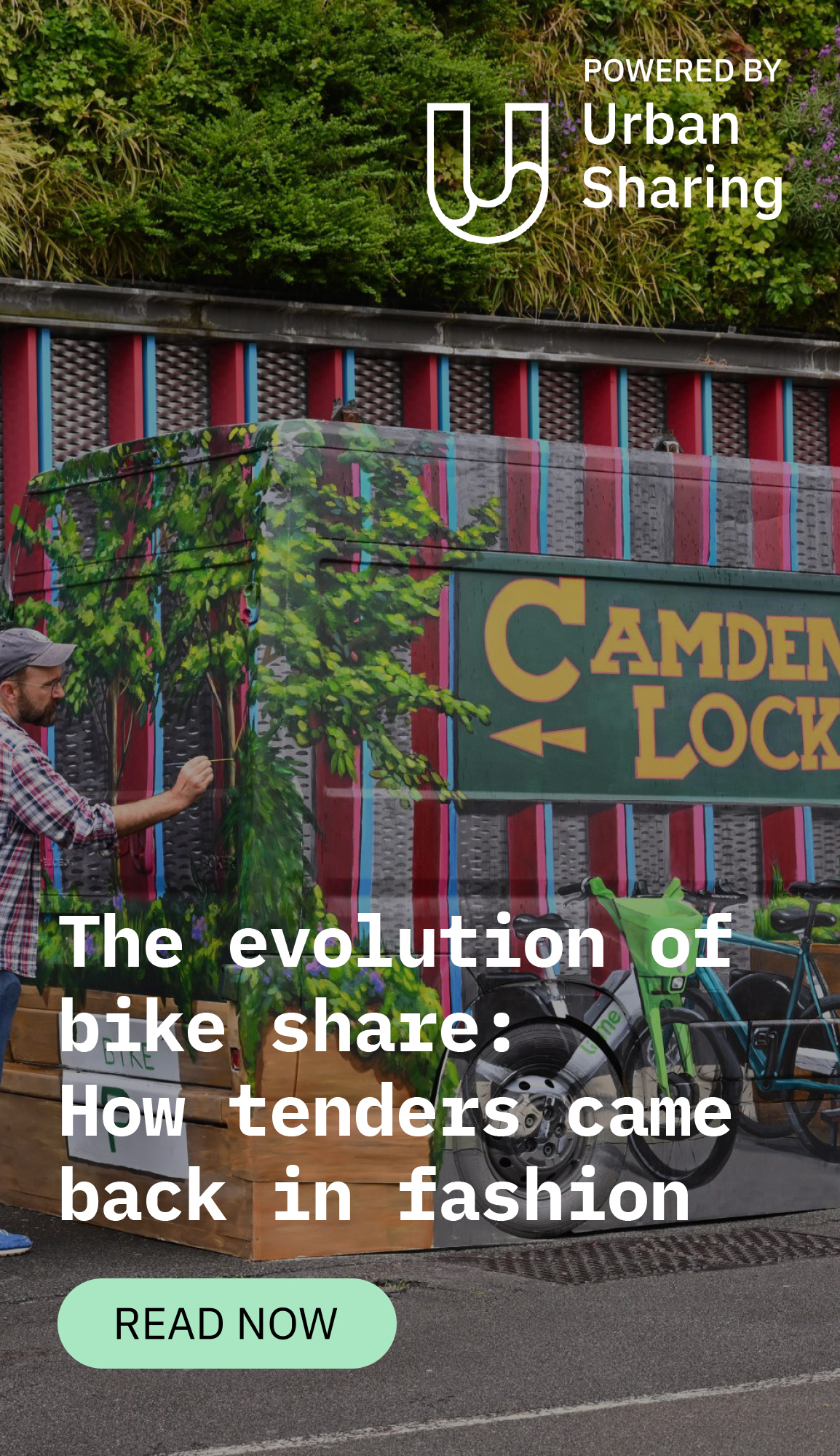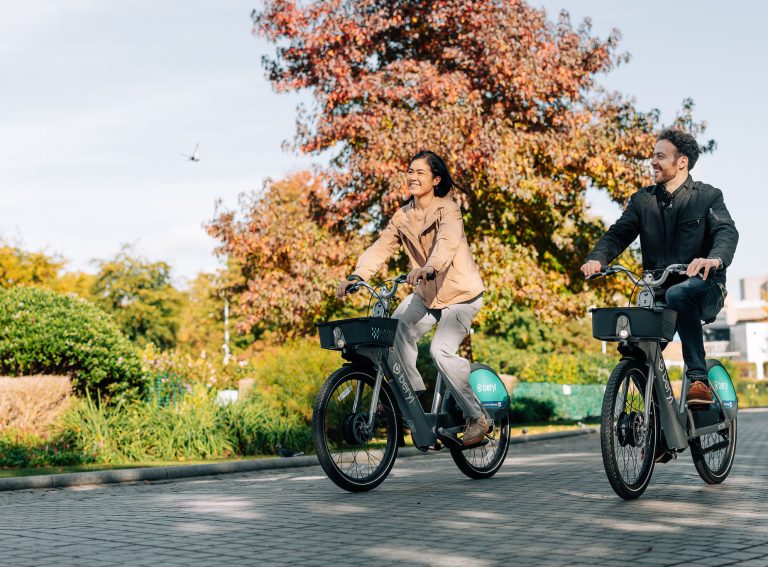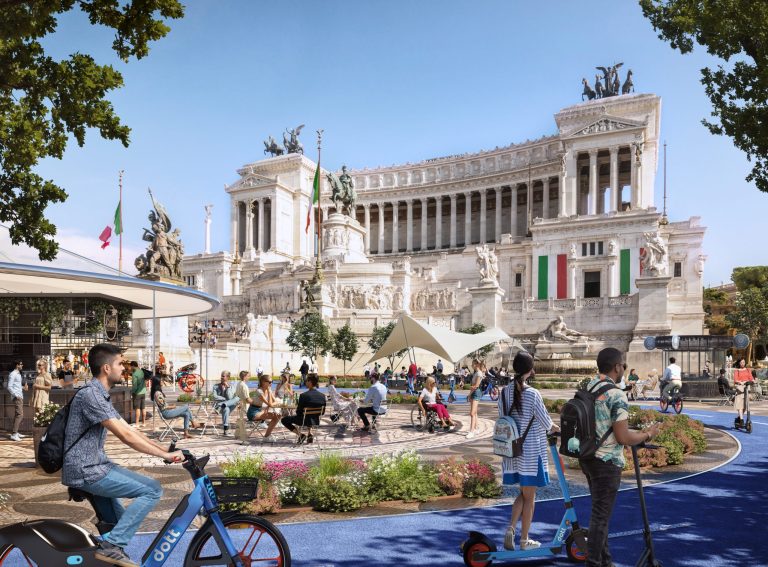Author: Phil Ellis, CEO and Co-Founder, Beryl
With UK housing demand showing no signs of slowing, the sight of new developments being built is a familiar one across our towns and cities.
Before the spade hits the ground however, housing developers must satisfy the demands of local authority planning committees, seeking reassurance over the impact on factors such as traffic levels, air quality and public health.
With their flexibility, sustainability and relative cost-effectiveness, shared active travel schemes are offering developers a handy solution to this problem.
A proven industry innovator working alongside more than twenty local authorities across the UK, Beryl is becoming increasingly active in this area and already has live schemes in Cornwall, Leeds and Brighton.
How does it work?
Developers are obligated, via Section 106, to provide funding to the local authority to enable them to offset the impact of a development on the local transport network. The money can be spent on a range of areas, including transport, public realm or open space improvements.
Using the money to provide access to shared sustainable transport is one of the ways in which developers can meet carbon reduction or traffic alleviation requirements.
Although it can vary, set travel plans for a development usually have their impact reviewed and assessed after 18 months of occupation. If a development is not achieving the key targets of these plans (for example, a specific number of cycle trips from development), then local authorities can also present shared transport schemes to them as a tool to help achieve their aims.
The practicalities
Providing simplified access to bike share can help reduce people’s dependence on private vehicle use, boost connectivity and alleviate common concerns around new developments and their impact on traffic volume and air quality.
This can be done by providing infrastructure such as docking stations as well as free minutes disseminated via email, new home owner packs or even development apps. Beryl can then monitor and evaluate the scheme, providing data to both the developer and the local authority to assess the impact that it is having. It also enables them to refine and make adjustments and improvements where necessary.
Beryl’s 2023 Rider Report, an annual survey of thousands of Beryl riders across multiple schemes, provided interesting data that further reinforces shared transport’s suitability for this purpose. Of all riders asked, a huge 97% cited convenience as being either somewhat important or very important, while almost half (48%) cited it as the main reason for signing up.
Furthermore, 61% said that they discovered Beryl from seeing the bikes on the street, making their presence on a housing development an ideal way to alert people about sustainable transport options.
Case study: West Carclaze
Set in St Austell, Cornwall, the West Carclaze garden village development has, in-part, been designed to help reflect the post-pandemic shift in work patterns. The development has tried to facilitate people’s desire to live cleaner, healthier lifestyles by providing sustainable options to help them to minimise their impact on the environment.
As part of this aim, Beryl Minute Bundle packages were purchased, providing locals with access to the region’s e-bike share scheme. All codes have since been redeemed and analysis of their use offers an interesting insight into how active travel provision can work for new housing developments.
Firstly, it benefits commuting. Almost 10% of the 2084 sustainable journeys generated by the packages either started or ended at two local employment centres – St Austell Business Park and the Enterprise Space for Advanced Manufacturing. Analysis of the most popular hours for riding shows that the bikes are still well used between 10pm and 1am, showing their suitability for the shift work commonly found at such employment centres.
Utilising the nearby National Cycle Network Route 2, e-bike share offers residents at West Carclaze an accessible travel option for the three mile trip to St Austell town centre. This gives them sustainable access to employment, retail, leisure and educational opportunities. By far the most popular bay for starting and ending journeys was Porthpean Road, a short walk from the nearby Asda superstore and B&M Home and Garden store.
The Rider Report showed that 43% of those asked had used a Beryl journey to connect with public transport. This is reflected in the data for West Carclaze, with St Austell Station (bus and rail) the second most popular bay for ending journeys.
Cornwall Council’s Principal Transport Officer, Adrian Roper, explained how the council were delighted to extend the scheme to connect the development with St Austell.
He said: “The new bay and additional bikes are a simple and effective way of embedding active and sustainable travel modes from the outset of occupation and is an approach we are seeking to replicate elsewhere in Cornwall.”
The developer’s view
One of the companies that Beryl works with in Leeds is apartment rental specialists UNCLE. Their Mobilisation Manager, Emma Newbery, explained how working with Beryl and providing residents with 30 days of free travel has been beneficial for residential engagement.
“Fostering community is such a huge part of the build to rent product and principles,” she said.
“By connecting with Beryl, we have been able to benefit from their already established presence in Leeds and it has proven to be a great tool for us to build relationships. Our team has been encouraging our new residents to explore the city and surrounding areas; supporting them with cycle maps and local travel guides and enabling us to reduce single occupancy car usage in line with our Travel Plan goals.”
The future?
With the vast majority of active schemes still in their infancy, it’s difficult to fully assess the impact of Beryl’s housing development schemes so far.
However, with the company set to announce several new schemes over the rest of 2024 and bidding for several others, opportunities to expand in this field are set to multiply.
Successfully embedding further schemes in a manner similar to West Carclaze can allow the company to further make good on its mission; breaking down the barriers to active travel and encouraging the greater adoption of sustainable transport habits.
And that can only be good news for congestion levels, air quality and public health.











